1,4-Dibromobenzene

1,4-Dibromobenzene structure
|
Common Name | 1,4-Dibromobenzene | ||
|---|---|---|---|---|
| CAS Number | 106-37-6 | Molecular Weight | 235.904 | |
| Density | 1.9±0.1 g/cm3 | Boiling Point | 217.9±13.0 °C at 760 mmHg | |
| Molecular Formula | C6H4Br2 | Melting Point | 86-89 °C | |
| MSDS | Chinese USA | Flash Point | 89.3±19.1 °C | |
| Symbol |


GHS07, GHS09 |
Signal Word | Warning | |
| Name | 1,4-dibromobenzene |
|---|---|
| Synonym | More Synonyms |
| Density | 1.9±0.1 g/cm3 |
|---|---|
| Boiling Point | 217.9±13.0 °C at 760 mmHg |
| Melting Point | 86-89 °C |
| Molecular Formula | C6H4Br2 |
| Molecular Weight | 235.904 |
| Flash Point | 89.3±19.1 °C |
| Exact Mass | 233.867966 |
| LogP | 3.79 |
| Vapour Pressure | 0.2±0.4 mmHg at 25°C |
| Index of Refraction | 1.599 |
| InChIKey | SWJPEBQEEAHIGZ-UHFFFAOYSA-N |
| SMILES | Brc1ccc(Br)cc1 |
| Stability | Stable. Combustible. Incompatible with strong oxidizing agents. |
| Water Solubility | practically insoluble |
CHEMICAL IDENTIFICATION
HEALTH HAZARD DATAACUTE TOXICITY DATA
|
| Symbol |


GHS07, GHS09 |
|---|---|
| Signal Word | Warning |
| Hazard Statements | H315-H319-H335-H400 |
| Precautionary Statements | P261-P273-P305 + P351 + P338 |
| Personal Protective Equipment | dust mask type N95 (US);Eyeshields;Gloves |
| Hazard Codes | Xi:Irritant |
| Risk Phrases | R36/37/38 |
| Safety Phrases | S24/25-S36-S26 |
| RIDADR | UN 2711 |
| RTECS | CZ1791000 |
| Packaging Group | III |
| Hazard Class | 9 |
| HS Code | 29036990 |
| Precursor 8 | |
|---|---|
| DownStream 10 | |
| HS Code | 2903999090 |
|---|---|
| Summary | 2903999090 halogenated derivatives of aromatic hydrocarbons VAT:17.0% Tax rebate rate:9.0% Supervision conditions:none MFN tariff:5.5% General tariff:30.0% |
|
Convenient QSAR model for predicting the complexation of structurally diverse compounds with β-cyclodextrins
Bioorg. Med. Chem. 17 , 896-904, (2009) This paper reports a QSAR study for predicting the complexation of a large and heterogeneous variety of substances (233 organic compounds) with beta-cyclodextrins (beta-CDs). Several different theoret... |
|
|
QSPR modeling of octanol/water partition coefficient for vitamins by optimal descriptors calculated with SMILES.
Eur. J. Med. Chem. 43 , 714-40, (2008) Simplified molecular input line entry system (SMILES) has been utilized in constructing quantitative structure-property relationships (QSPR) for octanol/water partition coefficient of vitamins and org... |
|
|
Photon upconversion and photocurrent generation via self-assembly at organic-inorganic interfaces.
J. Phys. Chem. Lett. 6 , 4510-7, (2015) Molecular photon upconversion via triplet-triplet annihilation (TTA-UC), combining two or more low energy photons to generate a higher energy excited state, is an intriguing strategy to surpass the ma... |
| Benzene,1,4-dibromo |
| Benzene, 1,4-dibromo- |
| 1,4-DIBROMOBENZENE FOR SYNTHESIS |
| P-DIBROMO BENZENE |
| 1,4-dibromophenylene |
| DIBROMOBENZENE 1,4- |
| 1,4-Dibromobenzen |
| Benzene,p-dibromo |
| 1,4-dibromo-benzene |
| p-bromophenyl bromide |
| p-dibromobenzene |
| 1,4-DIBROMO BENZENE |
| 1,4-DIBROMBENZOL |
| 1,4-Dibromobenzene |
| p- Dibromobenzene |
| P-DIBROMOBENZENE(1,4-DIBROMOBENZENE) |
| PARADIBROMOBENZENE |
| para-dibromobenzene |
| p-benzene dibromide |
| EINECS 203-390-2 |
| MFCD00000089 |
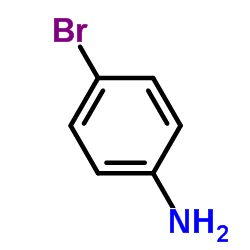 CAS#:106-40-1
CAS#:106-40-1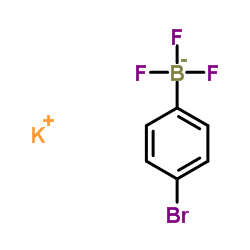 CAS#:374564-35-9
CAS#:374564-35-9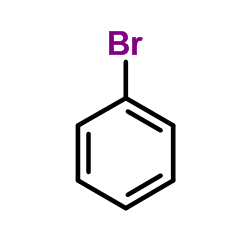 CAS#:108-86-1
CAS#:108-86-1 CAS#:5467-74-3
CAS#:5467-74-3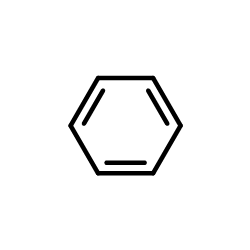 CAS#:71-43-2
CAS#:71-43-2 CAS#:106-95-6
CAS#:106-95-6 CAS#:18164-08-4
CAS#:18164-08-4 CAS#:624-19-1
CAS#:624-19-1 CAS#:111690-90-5
CAS#:111690-90-5![4-[4-(4,4,5,5-tetramethyl-1,3,2-dioxaborolan-2-yl)phenyl]-1,4-thiazinane 1,1-dioxide structure](https://image.chemsrc.com/caspic/174/1093878-43-3.png) CAS#:1093878-43-3
CAS#:1093878-43-3 CAS#:1078-97-3
CAS#:1078-97-3 CAS#:18236-77-6
CAS#:18236-77-6 CAS#:106750-88-3
CAS#:106750-88-3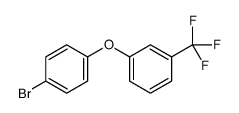 CAS#:109272-29-9
CAS#:109272-29-9 CAS#:1093878-32-0
CAS#:1093878-32-0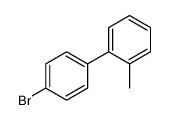 CAS#:106475-19-8
CAS#:106475-19-8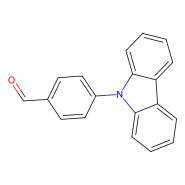 CAS#:110677-45-7
CAS#:110677-45-7 CAS#:1093878-42-2
CAS#:1093878-42-2
